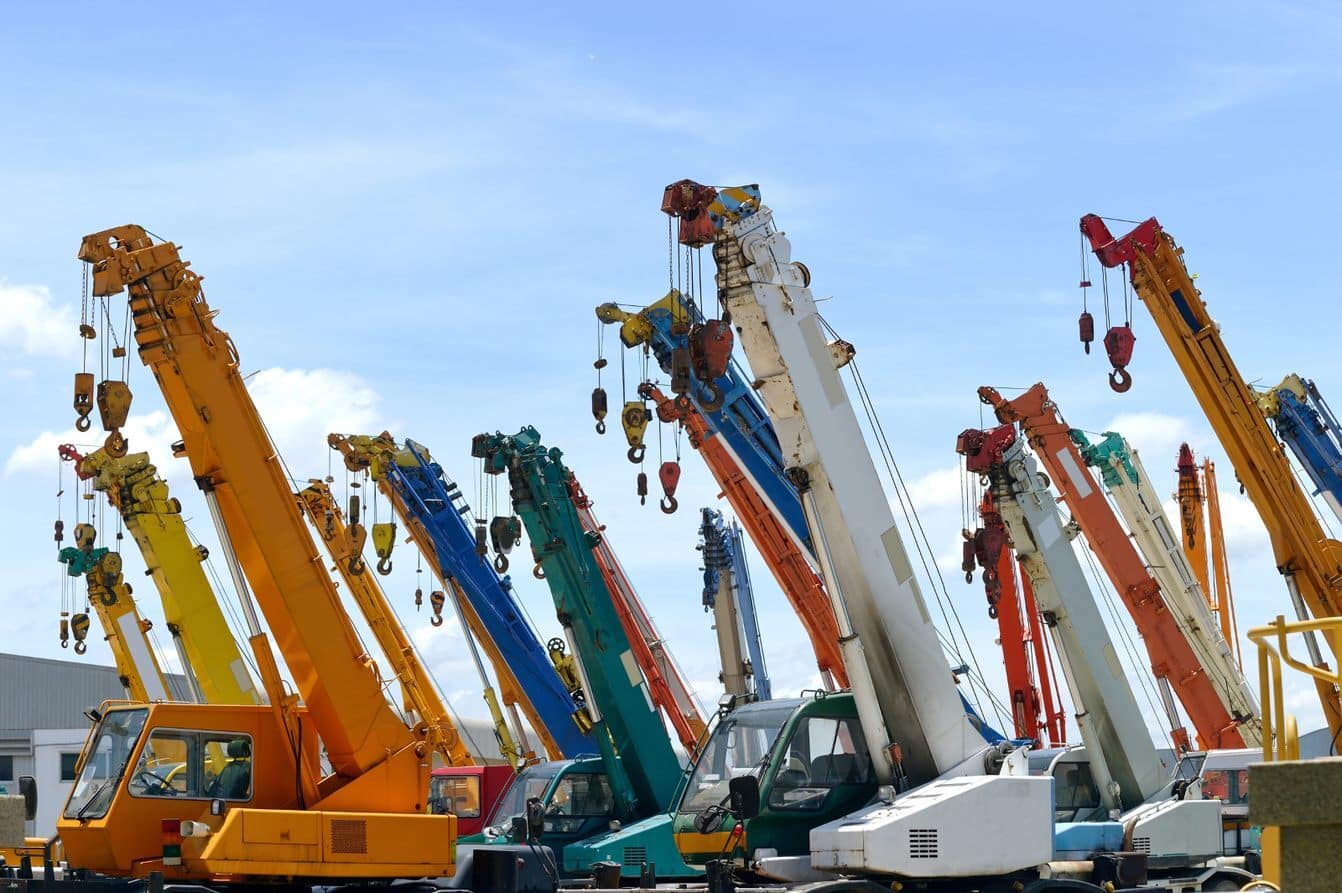
When it comes to heavy lifting, cranes are an essential tool. However, with so many types and sizes of cranes available, it can be overwhelming to know which one to choose. In this blog, we'll provide you with tips on how to choose the correct crane size for your next project.
Check the Load Weight
One of the most crucial factors to consider when choosing the right crane size is the weight of the load to be lifted. You need to make sure the crane you choose has enough capacity to lift the load safely. Choosing a crane with insufficient capacity can lead to disastrous consequences, including crane failure, accidents and injuries, so it's essential to determine the exact weight of the load to be lifted and choose a crane that can handle it comfortably.
Know the Lift Height
Another critical factor to consider when selecting a crane is the height to which the load needs to be lifted. The lift height determines the crane's boom length and the size of the crane needed. Choosing a crane with insufficient boom length may result in the crane being unable to reach the required height, and you may need to rent another crane or use an extension to complete the job.
Find the Moving Distance
In addition to lift height, you need to determine the horizontal moving distance that the crane needs to cover to move the load from one place to another. This factor will help you choose the appropriate crane size and type. If the moving distance is long, you'll need a crane with a more extended reach, such as a crawler crane or a truck-mounted crane. However, if the moving distance is short, you may opt for a smaller crane with a lower lifting capacity.
Evaluate the On-Site Terrain
Terrain is another essential factor that affects the choice of crane size. If the job site has rough or uneven terrain, you'll need to choose a crane that can handle it without causing damage.
Evaluate Access to the Project Site
Another critical factor to consider when selecting a crane is the site's accessibility. If the site has limited access or is difficult to reach, you may need to opt for a smaller crane that can manoeuvre around obstacles easily. Alternatively, you may need to disassemble the crane and transport it in smaller parts to the job site.
Check Possible Safety Issues
Safety is a top priority when it comes to crane operations, so it's essential to evaluate possible safety issues and take steps to mitigate them. For instance, if the job site is near power lines, you'll need to choose a crane that has insulated parts to prevent electrocution. You may also need to consider the weather conditions and choose a crane that can operate safely in extreme weather conditions specific to the site.
In conclusion, choosing the right crane size is critical to the success and safety of your project. By considering the above, you can make an informed decision that meets your requirements and ensures the job is completed safely and efficiently. If you need further assistance in choosing the correct crane size for your next project, contact REV Cranes, and we’ll be happy to assist you. We offer a wide range of cranes for hire and our team of experts can help you evaluate your project requirements and recommend the best crane size and type for the job.


